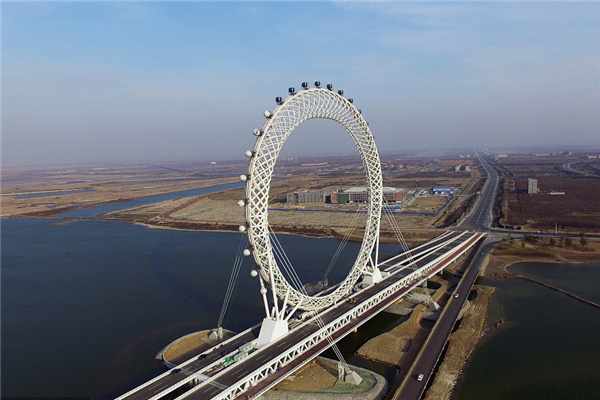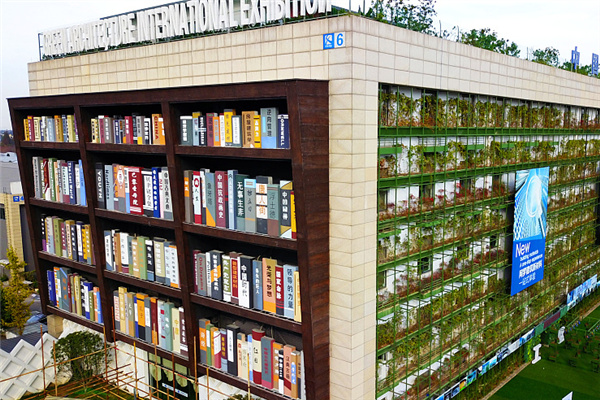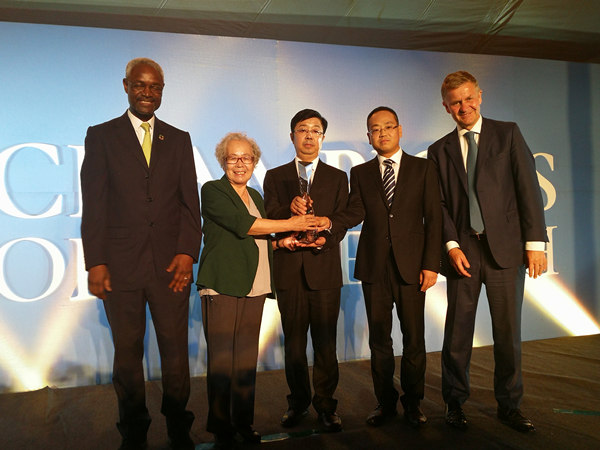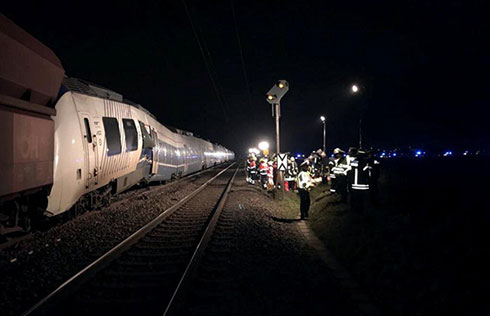

On a hot afternoon in September, Renaissance Technologies LLC founder Jim Simons is too busy to take a phone call. It is, he says, from Cumrun Vafa, a preeminent Harvard University professor and expert on string theory, which describes the building blocks of the universe as extended one-dimensional filaments.
"Get another time when I can talk to him," Simons tells his assistant.
Then he mentions that the next day, he'll be meeting with Thomas Insel, director of the National Institute of Mental Health, to discuss autism research. And he's slated that Saturday to host a gala honoring Math for America, or MFA, a four-year-old nonprofit he started that provides stipends to New York City math teachers.
"I'm undoubtedly involved in too many things at the same time," Simons says in his 35th-floor office in midtown Manhattan. "But you make your life interesting."
String theory, autism, math education: It's fair to ask how Simons, 69, manages his day job overseeing the world's biggest hedge fund firm. The answer, judging from the numbers, is very well.
Renaissance is on fire: Its Medallion Fund - which uses computers and trading algorithms to invest in world markets - returned more than 50 percent in the first three quarters of 2007. It had about $6 billion in assets as of July 1.
Simons registered that performance as subprime and related markets were collapsing, sending two mortgage-related hedge funds run by Bear Stearns Cos into bankruptcy. The turmoil pummeled the Goldman Sachs Global Alpha Fund, a rival to Renaissance's funds, which fell more than 25 percent during the same time. Morgan Stanley's computer jockeys lost $390 million in a single day in early August.
Life story
Medallion's returns are no anomaly. The fund, which trades everything from soybean futures to French government bonds in rapid fire, hasn't had a negative quarter since early 1999. From the end of 1989 through 2006, it returned 38.5 percent annualized, net of fees.
More surprising than those returns is Simons's life story. At an age when hedge fund pioneers such as Michael Steinhardt have long since stopped managing other people's money, Simons is building on Medallion's success. He's adding funds and strategies and accumulating assets, which totaled $35.4 billion as of September 28.
In August 2005, Simons started Renaissance Institutional Equities Fund, or RIEF, which invests in US stocks. Through September 30, it has returned 12.8 percent annualized. Unlike Medallion, which turns over its holdings dozens of times each year, RIEF keeps its positions for months or longer. Simons said at the time of the fund's inception RIEF could theoretically manage as much as $100 billion.
In December 2006, he limited new investments in the fund to $1.5 billion a month. As of September 30, 2007, it had $25.6 billion in assets.
In October, Simons started Renaissance Institutional Futures Fund, or RIFF, to invest in commodities. It's up 5.2 percent for the month. He says Renaissance's research shows the new fund can manage as much as $50 billion. Along with RIEF, it will promote cross-fertilization of ideas inside Renaissance, Simons says.
"Challenge is good," he says. "It opens one's eyes to new possibilities."
When not in Manhattan, Simons runs his empire from a 15-foot by 20-foot office in Renaissance's gated and guarded campus off Route 25A in East Setauket on New York's Long Island, some 50 miles east of the Empire State Building. With most of the trading automated, there's little of the hurly-burly of a typical hedge fund firm.
Doubling assets
|
Jim Simons, Renaissance Technologies Corp’s chairman and president, speaks during a reception at the American Museum of Natural History in New York. The company’s Medallion Fund had returns of more than 50 percent in the fi rst three quarters. JIN LEE/BLOOMBERG NEWS |
Along with routine personnel and marketing tasks, Simons makes time for the researchers and programmers who stop by his office to discuss mathematical and statistical issues they've encountered as they work on new trading strategies.
More than 200 employees, of whom about a third have PhDs, work in East Setauket. Another 100 are based in Manhattan, San Francisco, London and Milan. "He creates an environment where it's easy to be creative and works hard to keep the bullshit level to a minimum," says former managing director Robert Frey, who worked at Renaissance from 1992 to 2004.
Even without the new commodities fund, Renaissance's assets have more than doubled in a year from about $16 billion on September 30, 2006. That growth has catapulted Renaissance past such titans as Daniel Och's Och-Ziff Capital Management Group LLC, Ray Dalio's Bridgewater Associates Inc. and David Shaw's D.E. Shaw & Co to become the world's largest hedge fund manager, according to data compiled by Hedge Fund Research Inc and Bloomberg.
Medallion's 3.9 percent return during August, though that fund too was whipsawed by volatility, bolstered Simons's reputation as the silver-bearded wizard of quantitative investing.
In quant funds, mathematicians and computer scientists mine enormous amounts of data from financial markets looking for correlations among stocks, bonds, derivatives and other instruments. They search for predictive signals that will foretell whether, say, a palladium futures contract is likely to rise or fall.
"There are just a few individuals who have truly changed how we view the markets," says Theodore Aronson, principal of Aronson + Johnson + Ortiz LP, a quantitative money management firm in Philadelphia with $29.3 billion in assets. "John Maynard Keynes is one of the few. Warren Buffett is one of the few. So is Jim Simons."
Bloomberg News
(China Daily 12/01/2007 page10)













